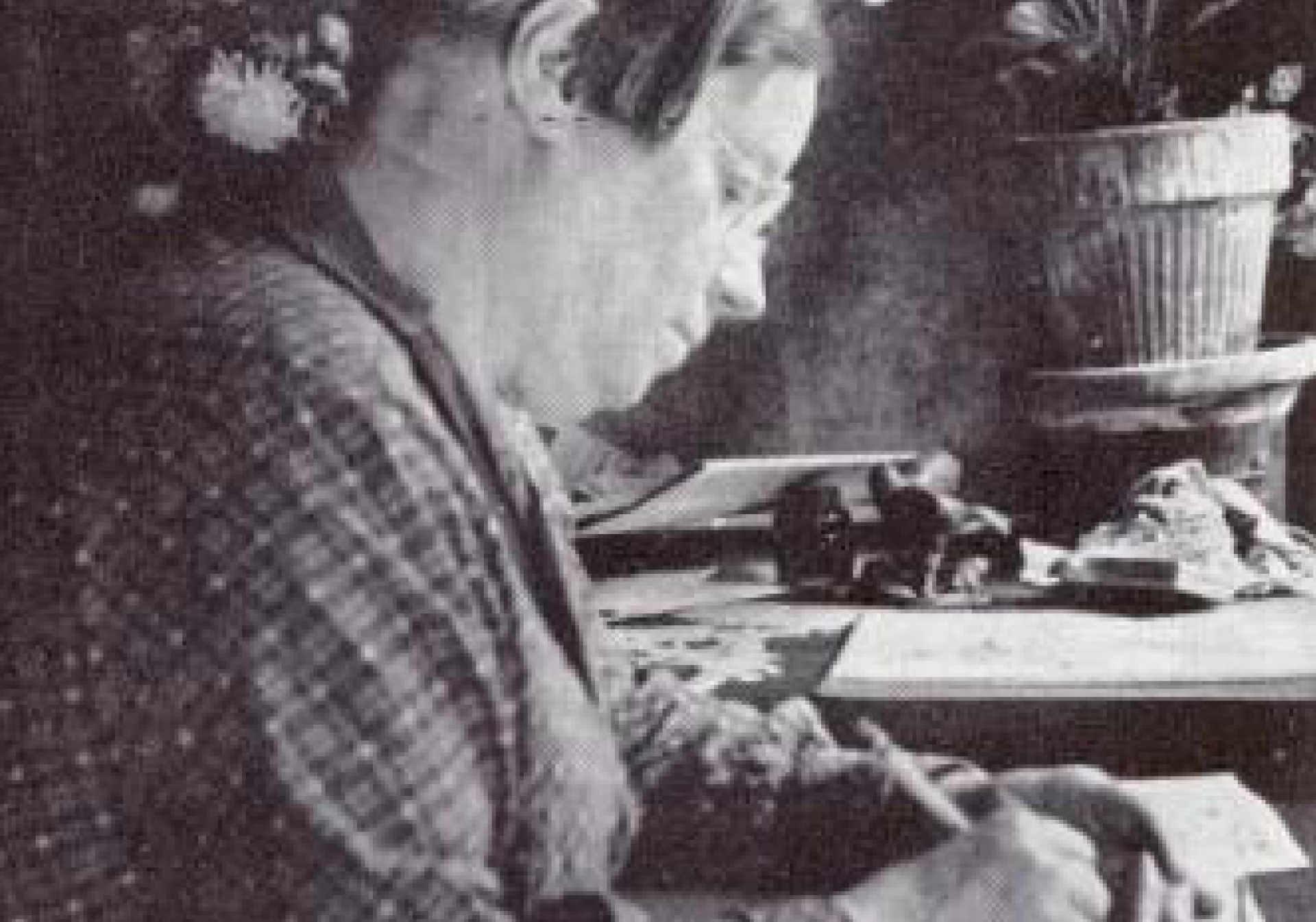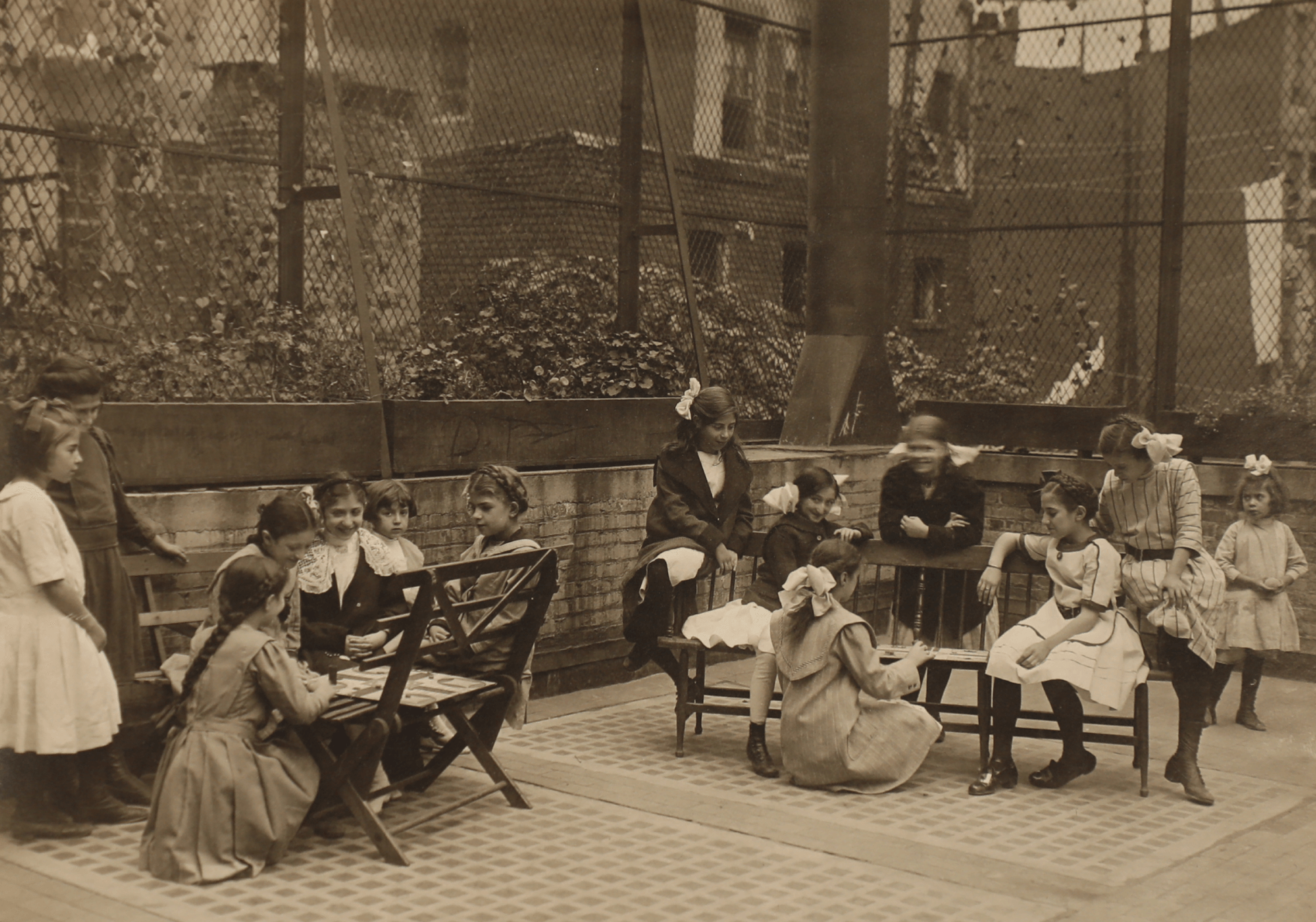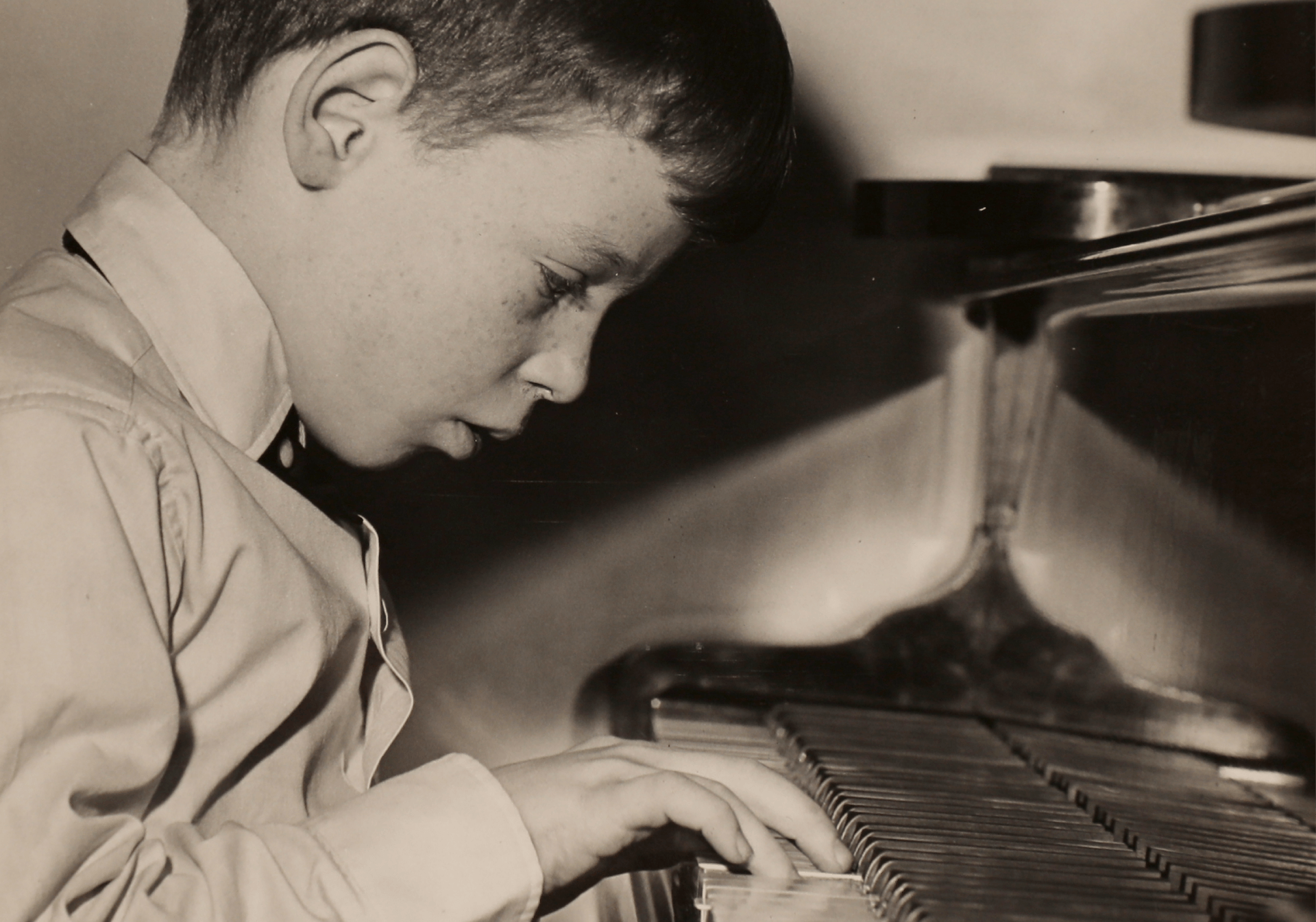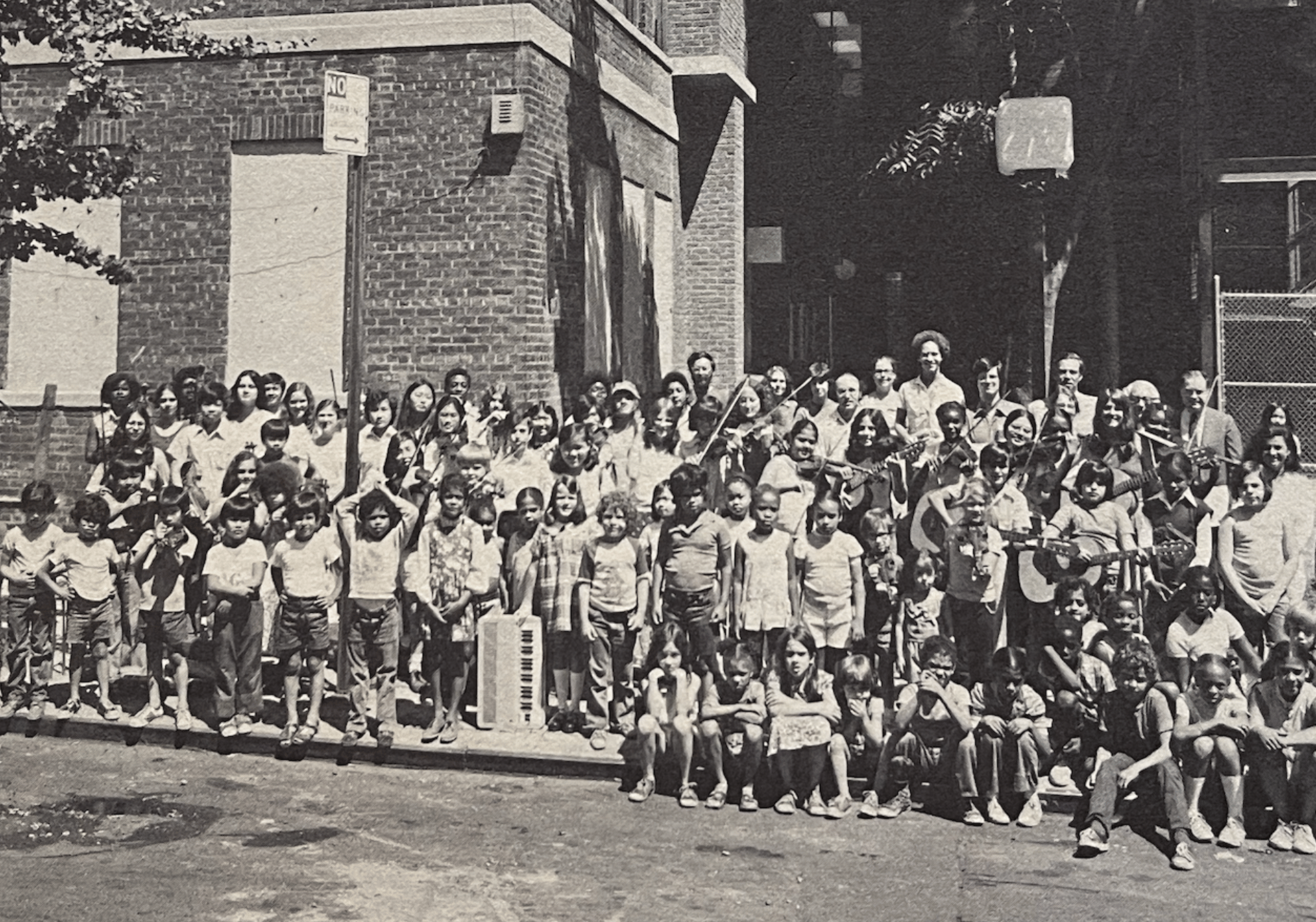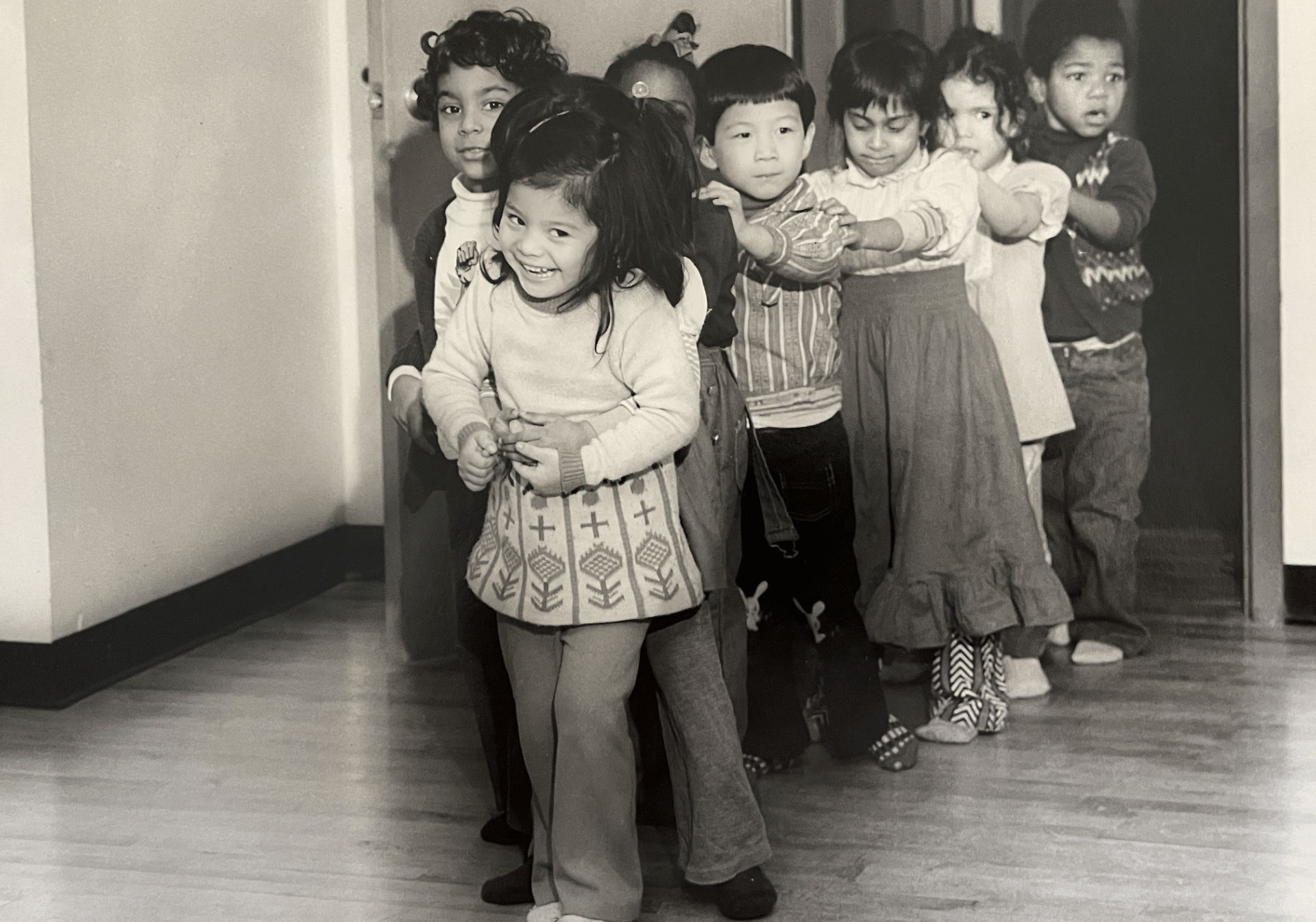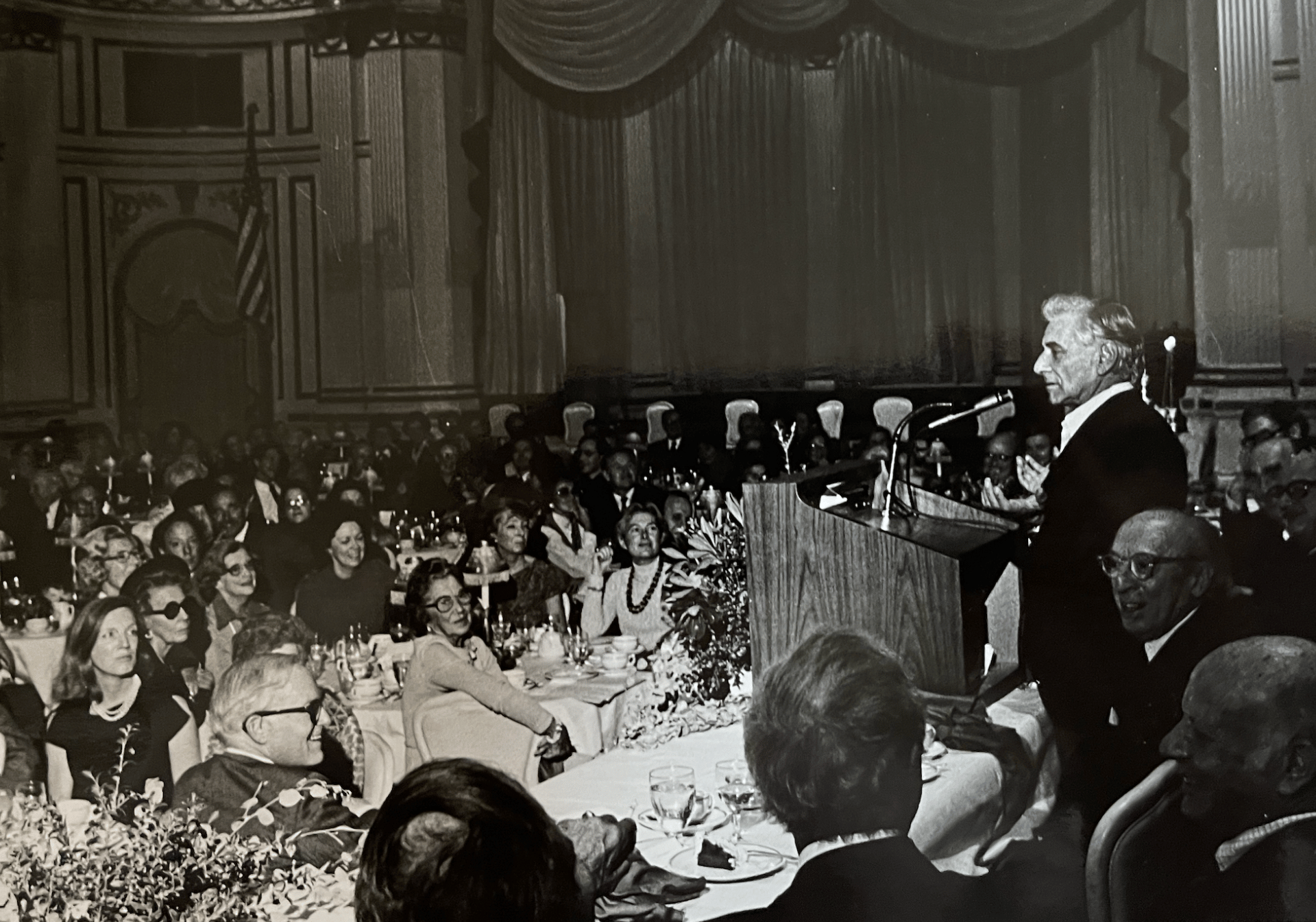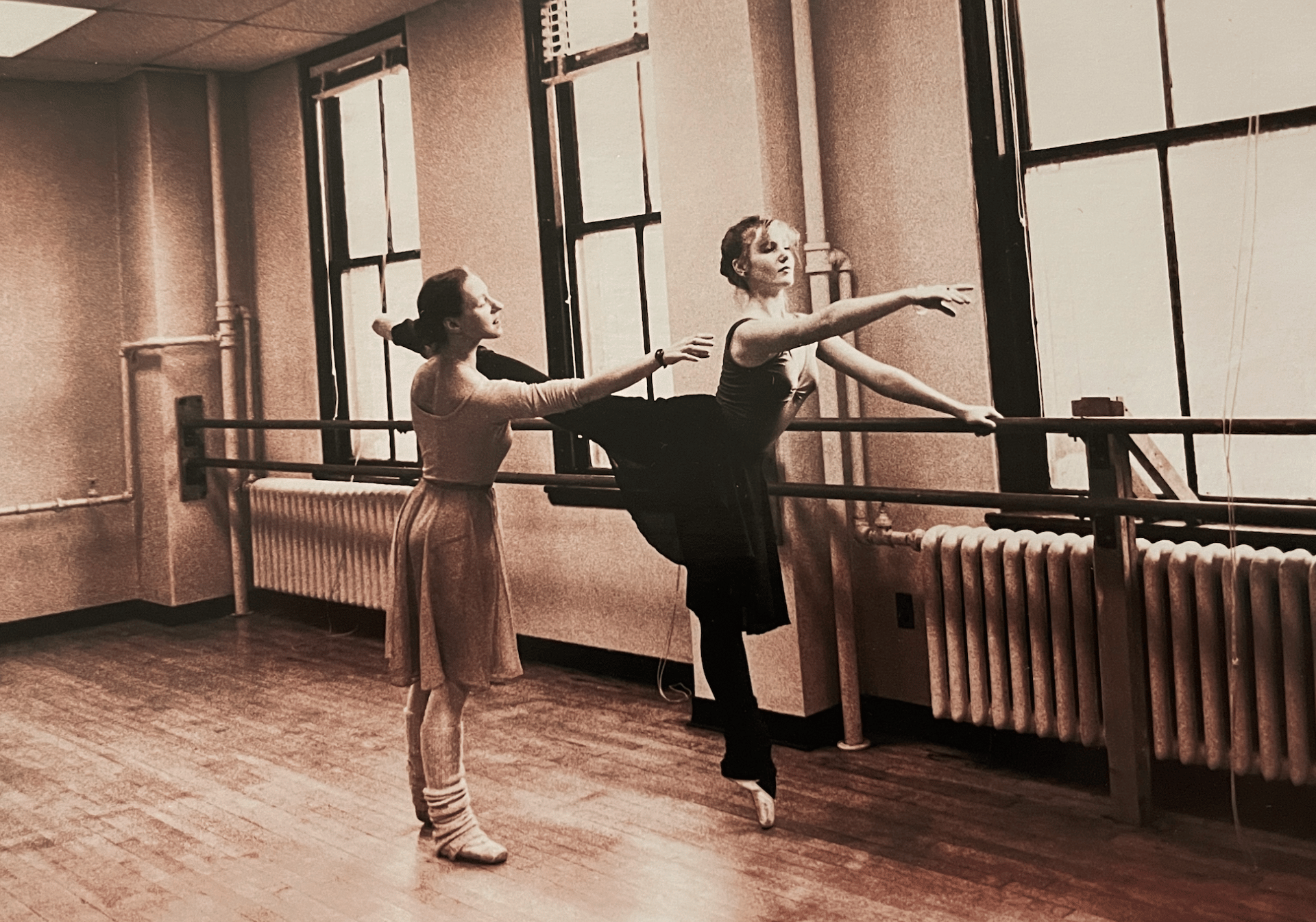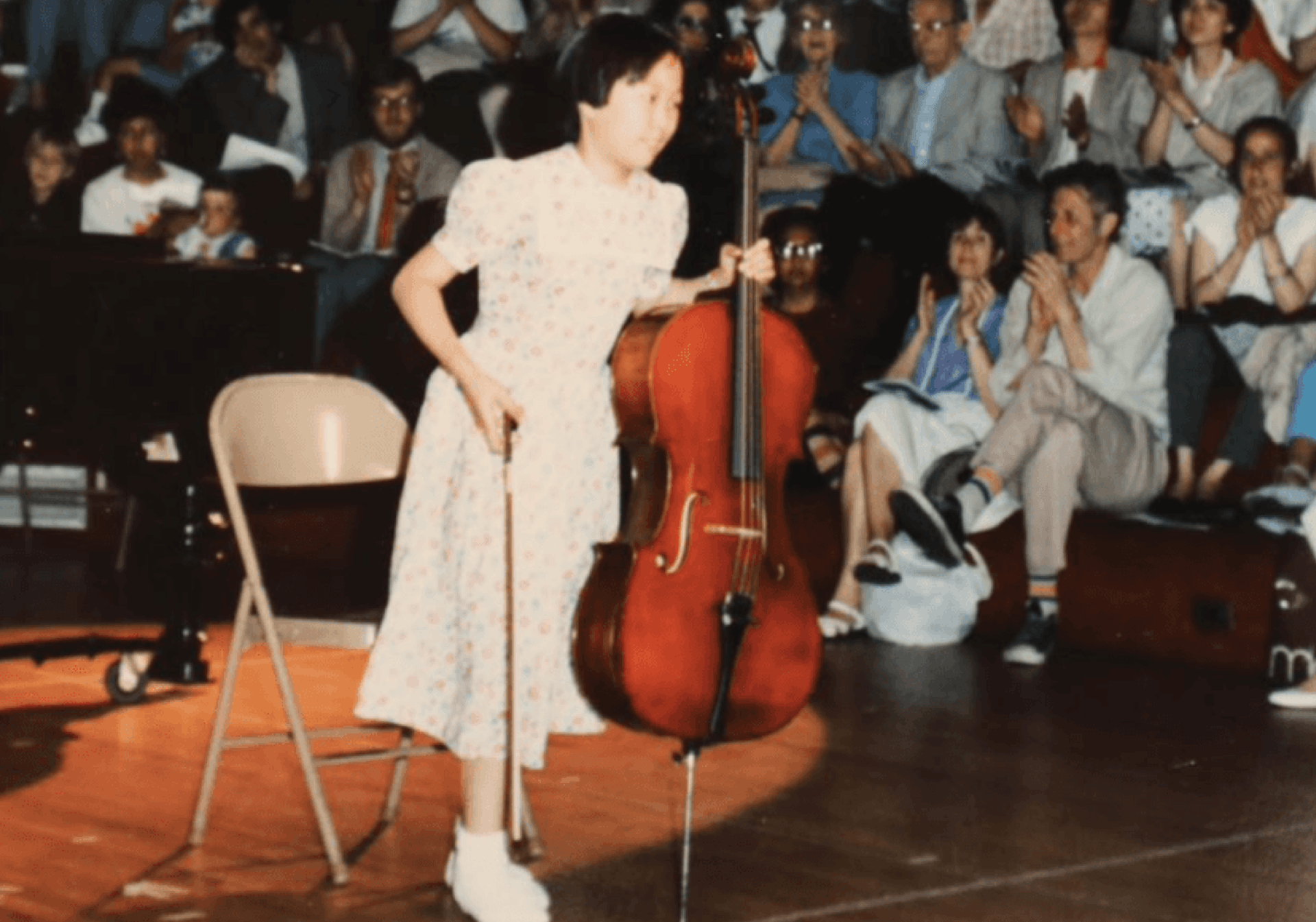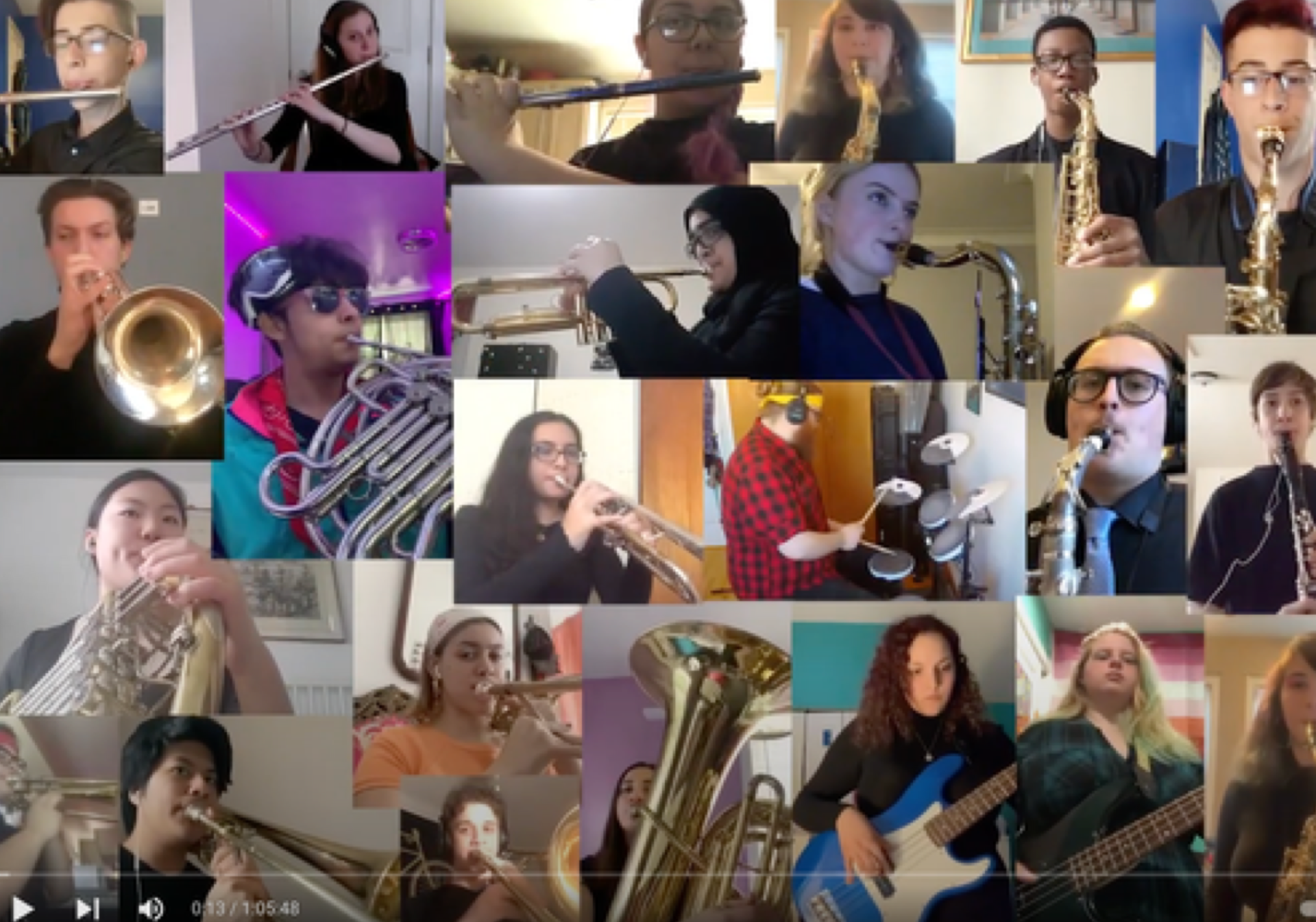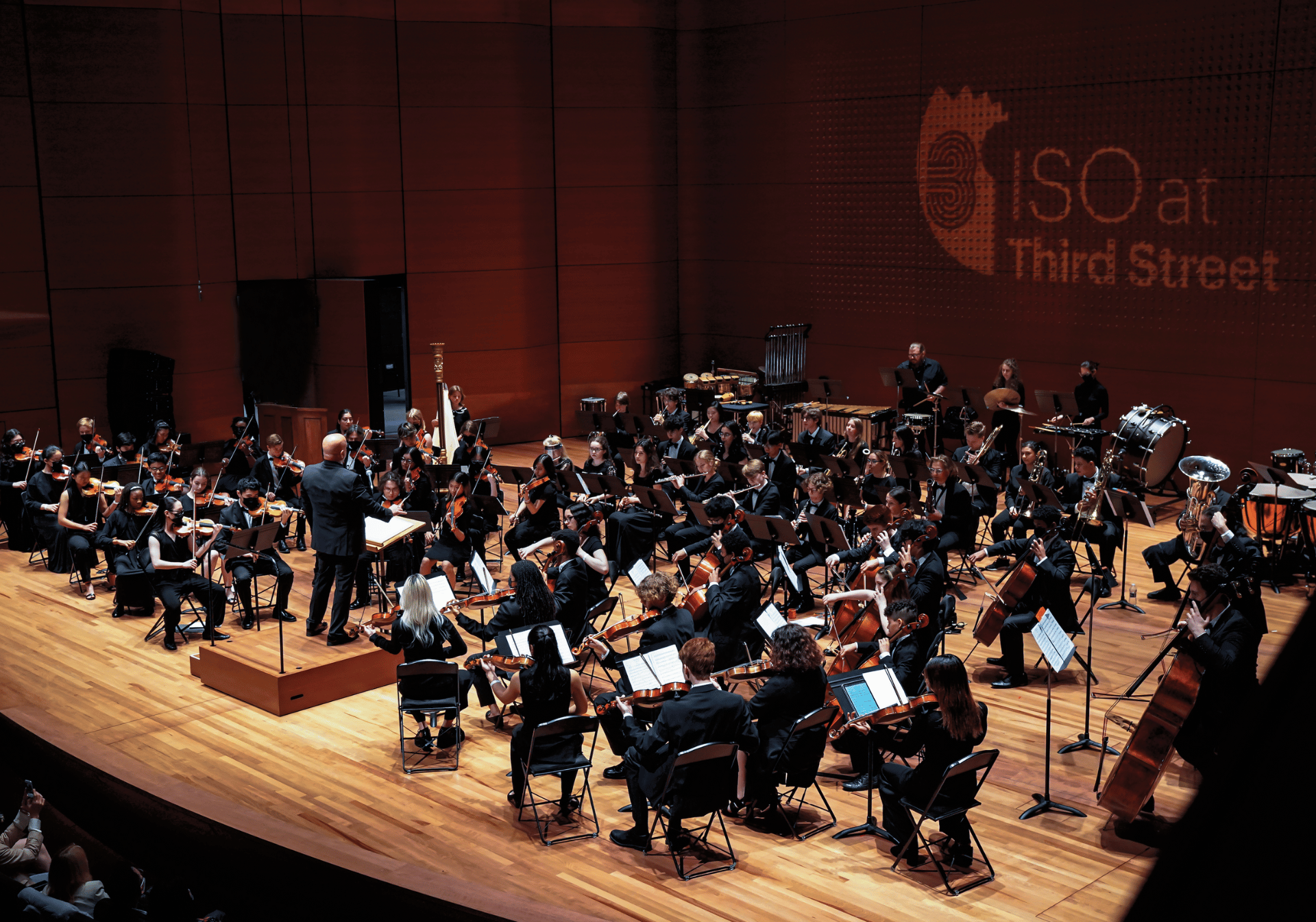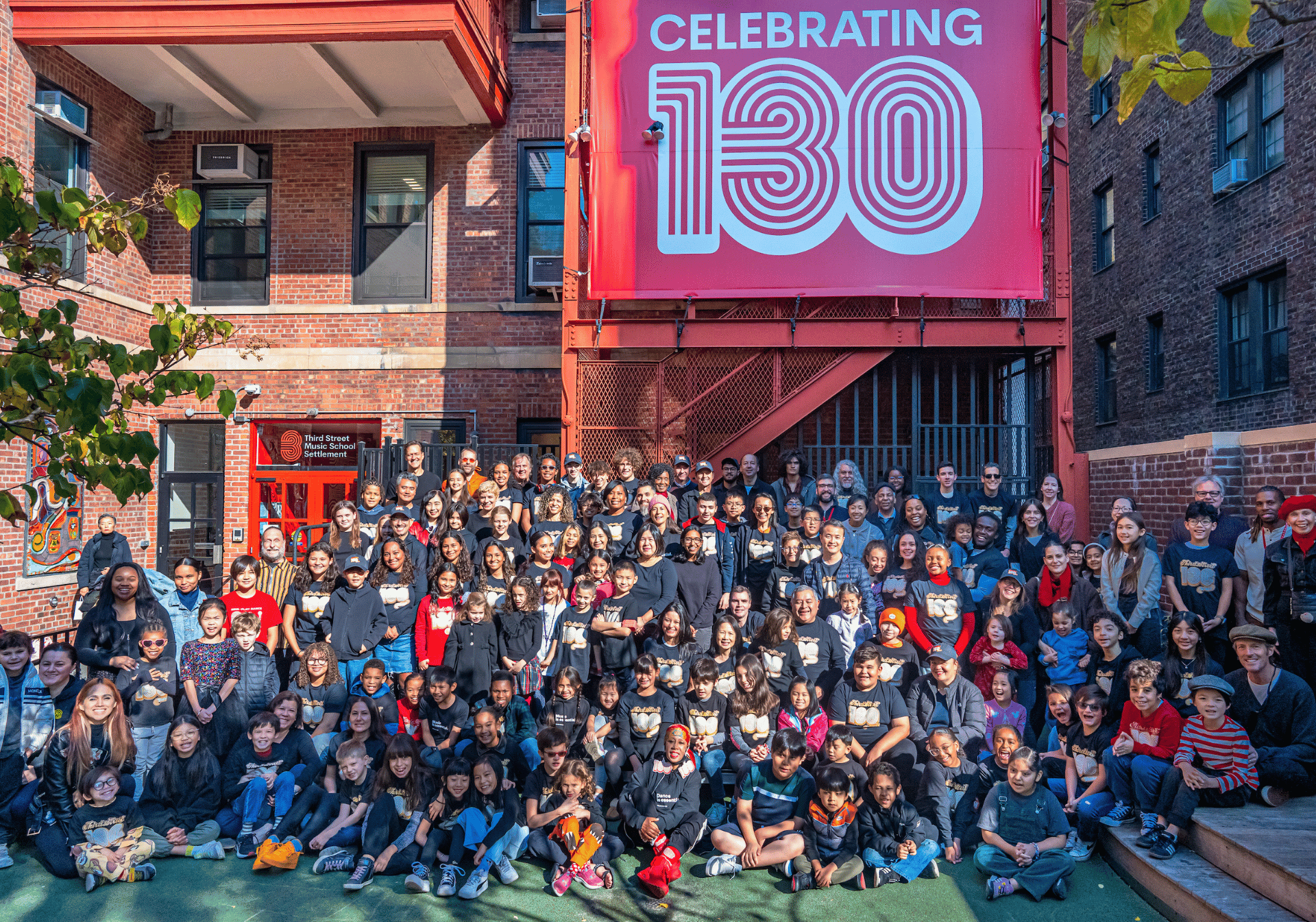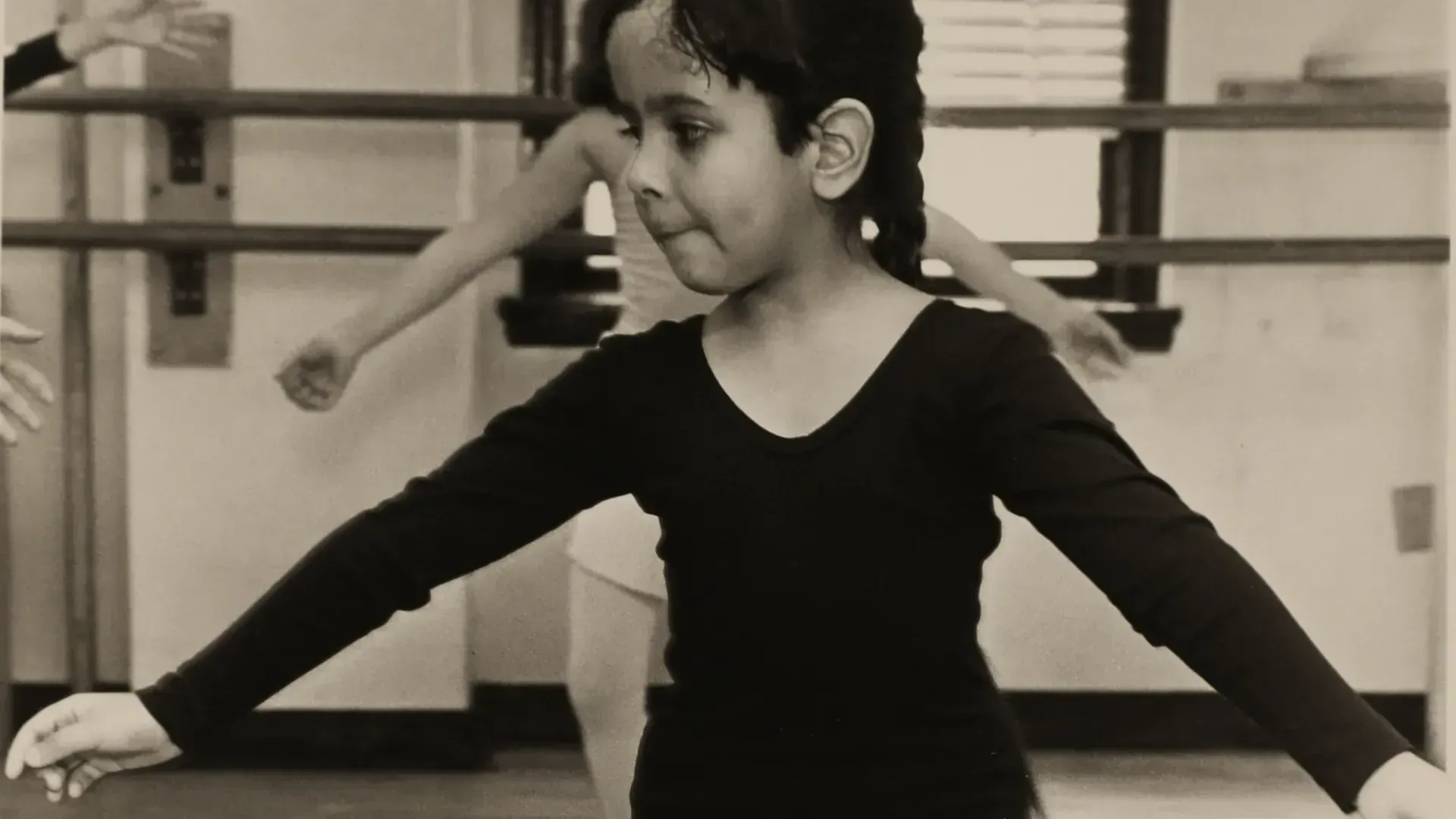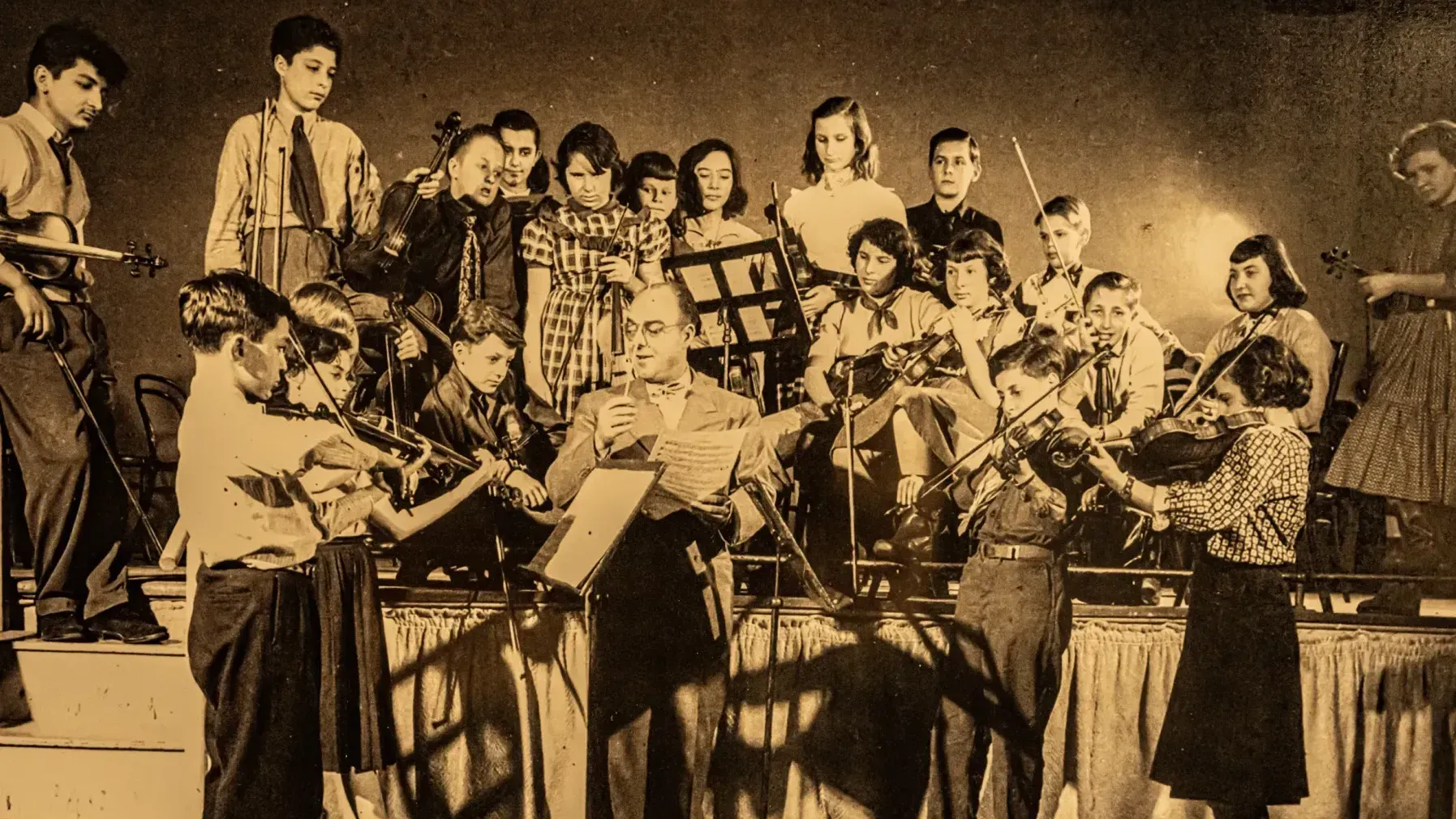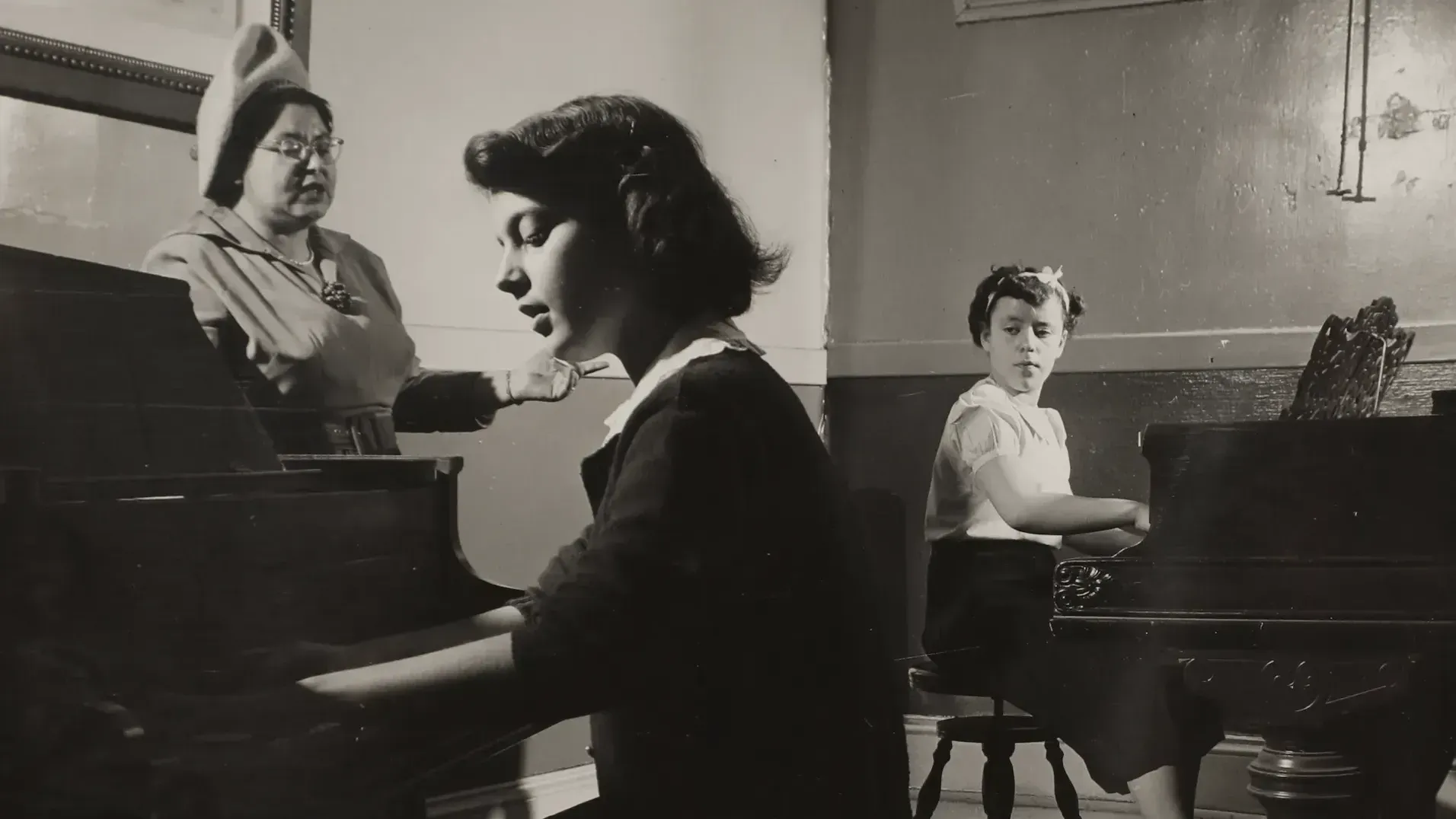HISTORY & HERITAGE
Third Street was founded in 1894 for everyone.
Founded in 1894, Third Street has helped to establish community arts education in the United States. The School traces its roots to the late 19th century settlement house movement. It was the unique inspiration of Third Street founder Emilie Wagner to make high quality music instruction the centerpiece of a community settlement house that would also provide social services to the immigrant population of the Lower East Side.
1894
Emilie Wagner teaches violin and piano lessons to children in the basement of Mariners Temple on Chatham Square.
1903
The Music School becomes an independent entity and is officially names the Music school Settlement with 13 volunteer faculty and 140 students.
1905
The school moves to 53-55 East Third Street.
1914
Summer music classes first offered; orchestra rehearses on the roof.
1923
First radio broadcast featuring solosists, students and faculty lead to decades-long broadcasts on WNYC.
1954
Emilie Wagner Auditorium is dedicated.
1959
Public school outreach program provides lessons to 75 children in first year.
1974
Third Street relocates to 235 East 11th Street
1975
A day care center is opened on the second floor serving local preschool age children. Today, the Third Street Preschool welcomes our youngest students each year.
1976
Third Street Gala begins as a luncheon to help the school navigate the fiscal crisis of the time. Since its inception, Yoko Ono, Sting, Patti Smith, Joshua Bell, Aaron Copeland and Leonard Bernstein have added their star power to the event.
1980s
Ballet is added to the Third Street Dance Department joining Tap, Tumbling and Flamenco.
1980
MILES program established, evolving to today's Third Street Partners program currently serving 5,000+ students in 30 NYC public schools.
1991
Concert Hall names after long-time board chair and benefactor Anna-Maria Kellen.
2016
Two-year renovation project yields modernized performance, rehearsal and community spaces, and state-of-the-art recording studio.
2020
Third Street goes Virtual! Including presenting the 125th Anniversary (Virtual) Gala!
October 2020
Third Street re-opens its doors after a year of virtual learning during the global pandemic.
2021
InterSchool Orchestra and Third Street merge to form ISO at Third Street, the largest youth ensemble program in NYC.
November 9, 2024
The Third Street Community gathers to celebrate 130 years of music, dance and community.
Transforming lives with music and dance for over 130 years!
Members of the Third Street creative community may be familiar with the school's origin story: Third Street emerged as part of the settlement house movement that began in the late 1800s, when public-spirited Americans sought to help immigrants find their way and make good in their chosen home. In 1894, 27 year-old Emilie Wagner began teaching piano and violin to ten immigrant children under the auspices of College Settlement of New York in the basement of Mariner's Temple at Chatham Square (Chinatown). Later it moved to Rivington Street as she added students. While some settlement houses focused only on food, shelter and hygiene, Emilie's enduring belief was that art is as essential to existence as those basic human needs, and she spent her career bringing this philosophy to life.
Third Street Music School Settlement, as it was named, became independent in 1903. One year later, board president Helen Mansfield persuaded the organization to invest in two small brownstones on East Third Street. Third Street students and families made music at that location until 1974, when the school moved to its current homes on East 11th Street.
The School's founding principals of access, excellence, and community continue to be the core organizational values and building blocks. Everyone associated with Third Street draws inspiration from its deep roots as it weaves over 125 years of practice into an increasingly durable institutional future. A recent review of the organization's history revealed these central truths...
Artistic Excellence is a Longstanding Tradition
From its earliest days, Third Street has brought together talented and noteworthy faculty with students of varying ages and levels in order to transmit artistic expectations at the highest level. As a result, Third Street boasts a long list of distinguished alumni. While the early names may hold less resonance for today's audiences, a slew of renowned musicians began their studies at Third Street, among them: Irving Caesar, Samuel Dushkin, Josef Gingold, Anthony di Bonaventura, Gilbert Kalish, Jeanette Scovotti, and Signey Harth. David Mannes (who later founded Mannes College of Music) was an early volunteer faculty member who also served as Director from 1920 to 1915. This tradition continues to the memberday with musicians like Jonathan Sternberg, Ezra Laderman, Lucy Shelton, Julius Eastman, Bobby Lopez, David Guy, Jessie Montgomergy, Claude Kelly, ray Chew, and Ingrid Michaelson setting great examples for future graduates.
Third Street Builds Community First, Last and In-Between
From the early 1900s, Third Street was already fulfilling its mission by presenting musical evenings and social events that fostered social cohesion, a component that is still integral to the school's work. Early on, for example, Third Street opened an extensive book and music collection, since public library branches were rarely found in low-income neighborhoods. In 1906 the school opened a backyard playground to serve neighborhood families. With little green space and few recreational activities, the playground's popularity quickly soared. Third Street's community of supporters - financial and programmatic - has been steadfast for well over a century. Leaders in New York City philanthropy commingled with everyday New Yorkers on committees formed to carry out the school's compelling mission of "music access for all." Every child was asked to pay something for lessons; if parents could not afford the nominal fee, scholarships were available - a practice that continues today as 3 in 4 students receive a form of financial assistance. A pilot program begun in 1959 with 75 public school children through the Third Street Partners program.
Learning Models Incorporate Breadth and Diversity
Beyond offering wide-ranging instrumental instruction, the School's curriculum expanded over time to offer musical opportunities as varied as adult cabaret, sight-singing, music history/appreciation, Latin music, music production, composition, jazz improv and more. Third Street was the first school in the country to experiment with new music education ideas from practitioners like Kodaly and Orff. The School's performing ensembles have provided experiences ranging from large orchestras to chamber trios, jazz ensembles and brass/wind ensembles, with performance opportunities and venues from casual to formal. Dance entered the mix around 19050, and further expanded the School's reach and impact. Today, Third Street's roster of program leaders and faculty remain committed to strengthening and evolving the school's offerings to ensure that students of all ages remain challenged and inspired.
As Third Street looks to its past, we celebrate our dual mission to strengthen and coalesce both community and artistic talent. As our excellent students and faculty share their extraordinary music, they draw together musicians, family members, neighbors, and friends who are fundamentally nurtured by their art in exactly the way that Emilie Wagner originally envisioned.
